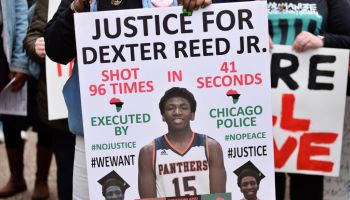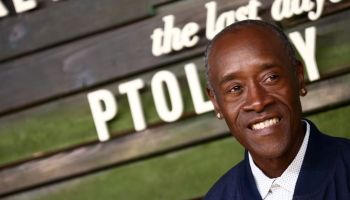NEW YORK — In 1962, when New York city planners first proposed a sewage treatment plant for the residents and businesses of Manhattan’s West Side, they picked a spot on the Hudson River around 72nd Street. The neighborhood, however, was well on its way to becoming what it is today — the white, upper middle class district of stylish brownstones, grand co-ops and newfangled condominiums known to most Americans as the backdrop for the TV sitcom, Seinfeld.
Neighborhood resistance to the plant forced the city to select an alternate location. The plant site was then moved up the Hudson River to a plot between 137th and 145th Streets in the Black neighborhood of Harlem.
It was just another story in a long-standing American narrative of environmental injustice against communities of color; white politicians and planners shifting the noxious, the unpleasant, and the dirty public and private works of our cities onto neighborhoods with minimal political influence.
The North River Wastewater Treatment Plant, as it is known, began construction in 1972. By the time it was partly operational in 1989, it was already controversial — spewing fetid, rotten-egg odors and coinciding with an increase in asthma rates and other respiratory related ailments in the surrounding area.
Back when the plant was first proposed, the city placated Harlem residents with a strange and novel promise to build a massive 28-acre park atop the plant. Riverbank State Park didn’t become a reality until nearly two decades later, in 1993. The Olympic-size pool, skating rink, cultural center and 2,500-seat athletic complex became a refuge for the many families and residents who live on top of each other in West Harlem.
Still, the complaints and stench continued. In 1994, outraged residents planned a “flush in” — a simultaneous flushing of hundreds of neighborhood toilets — to illustrate the dangers of the plant to the environment. As late as the year 2000, citizens warned of a “sewage Chernobyl.”
The ever-present hazards lurking beneath the recreational facility nearly blew their cover this past Wednesday. The pleasant facade transformed when a fire broke out in the engine room of the North River Plant and heavy smoke engulfed the park.
The fire raged for more than three hours, sending workers scrambling out of the plant, shutting down a section of the nearby Henry Hudson Parkway, and ultimately discharging millions of gallons of untreated sewage into the Hudson River, which continues unabated today as workers struggle to repair the damaged pumps.
And once again, the neighborhood’s environmental woes are pushed back into view.
Today, all of Manhattan’s sewage treatment plants are located above 96th Street, which for many years was “the line” that separated white Manhattan from Black.
The plant sparked the founding of the very first African-American-led environmental organization in New York, West Harlem Environmental Action (WE ACT). Peggy Shepard, WE ACT’s Executive Director, says that it’s always been difficult to track the exact effects of the plant on human health. “It’s hard to know now without doing certain kind of tests, but we know to be cautious because of
bacteria and other human health issues.”
Wednesday’s fire and sewage discharge illustrates the continuing struggle to rectify the asthma, infant mortality other environmentally influenced statistics that are so high in poor urban areas. And yet, Shepard, hopes that things may be improving.
“I have found the Department of Environmental Protection to be pretty responsive. These events do occur but I think the city is handling a bad situation. It wasn’t that way when we started working on things in the Koch administration,” Shepard said of WE ACT’s early battles with the city to secure adequate measures. “The subsequent administrations have been very responsive.”
As of today, hundreds of workers are trying to repair the damaged treatment plant — a symbol of the many environmental sorrows visited on Harlem and Black communities like it across the nation.
RELATED:
























